
The province with the best sunsets celebrates 198 years since the Annexation of the Party of Nicoya. As has practically become our tradition, we decided to put together a selection of 25 articles that you can’t miss in order to understand the inner workings of Guanacaste.
1. Shameless millionaires and the hungry province. Is that how tourism in Guanacaste really is?
In the midst of the February elections, two candidates from the Broad Front party criticized Guanacaste’s tourism model, which cost them having to explain themselves several times and a lot of opposition from tourism business leaders. Our photojournalist, Cesar Arroyo, wondered how much of what the candidates said was true. This is the first article that we recommend reading because it portrays how a tourism province like ours is sustained (and at what cost!) in a fair and balanced way, through data and opinions from specialists.
2. Interviews: Now in office, what will the new legislators do for Guanacaste?
And speaking of politics, what are the legislators proposing to solve the urgent, important and structural problems of Guanacaste? Journalist Yamlek Mojica spoke several times with each of them, noting what changed between the campaign and now. This is one of those articles that will serve as a record for us to evaluate their role in the coming months and years.
When he was a candidate, Rodrigo Chaves spoke with The Voice about his star project for the province: building an interoceanic dry canal that goes from the Pacific to the Atlantic. How likely is this to happen? Over the next four years, we’ll follow up on this promise.
4. What options are being considered for the future of the peninsular territories?
A year ago, mayors from all over the province signed a declaration in which they designate the districts of Lepanto, Cobano and Paquera (in the Nicoya Peninsula) as “unredeemed territories.” For years, we’ve seen politicians from the region fighting to recover these territories, but why? Our editor, Noelia Esquivel, explained these and other questions, which were just as relevant a year ago as they are today.
5. Who are the young people who rap in public places in Guanacaste?
Now let’s talk about girls, boys and youth. The parks of Guanacaste are starting to fill up with a musical trend of young people who “battle” with their imagination and their rhymes. The genre is known as freestyle and in the province, the participants are mainly young men (but also at least one woman). In this story, designer Roberto Cruz tells us how it got started and how it helps some kids to get away from drugs.
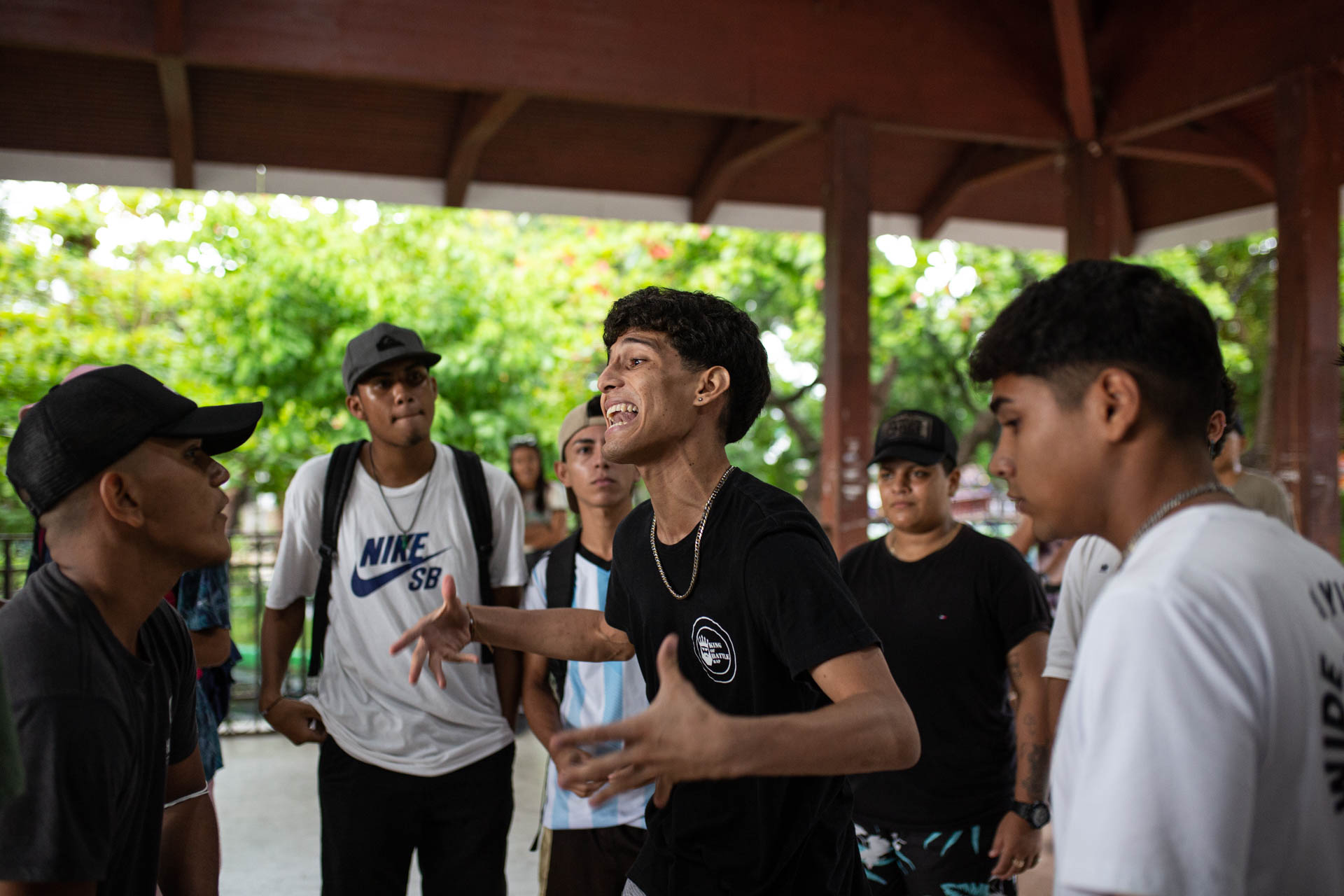
Foto: César Arroyo
6. Brasilito: The community with students who’ve never been to school
At the other, less positive extreme, we find a generation of students who have never set foot in their school’s classrooms. It’s true that the earthquake in Samara left the school in Brasilito unusable for a whole generation of children in this community in Santa Cruz, but not everything is the earthquake’s fault. MEP hasn’t solved the problem either, which has lasted more than a decade. How did these children learn to add and subtract?
7. Nosara students end up not going to school due to lack of transportation scholarships from MEP
In Nosara, the high school is still standing, but getting there is a challenge for students who live in areas far from the center of the district. Some of them had scholarships from the Ministry of Public Education (MEP for the Spanish acronym) and that’s how the bus service was financed for years, until the budget cuts…
8. What’s it like growing up “without papers” in a country that you weren’t born in?
We can’t talk about childhood or adolescence in Guanacaste (or in other words, about the present and future of the province) without taking into account the growing population of immigrant children. A few months ago, we asked ourselves: What’s it like to grow up without papers in an environment that discriminates against you for being born outside the country? In this in-depth report, we wanted to understand how the youngest inhabitants of society experience xenophobia, but also the love and empathy with which some communities welcome them.
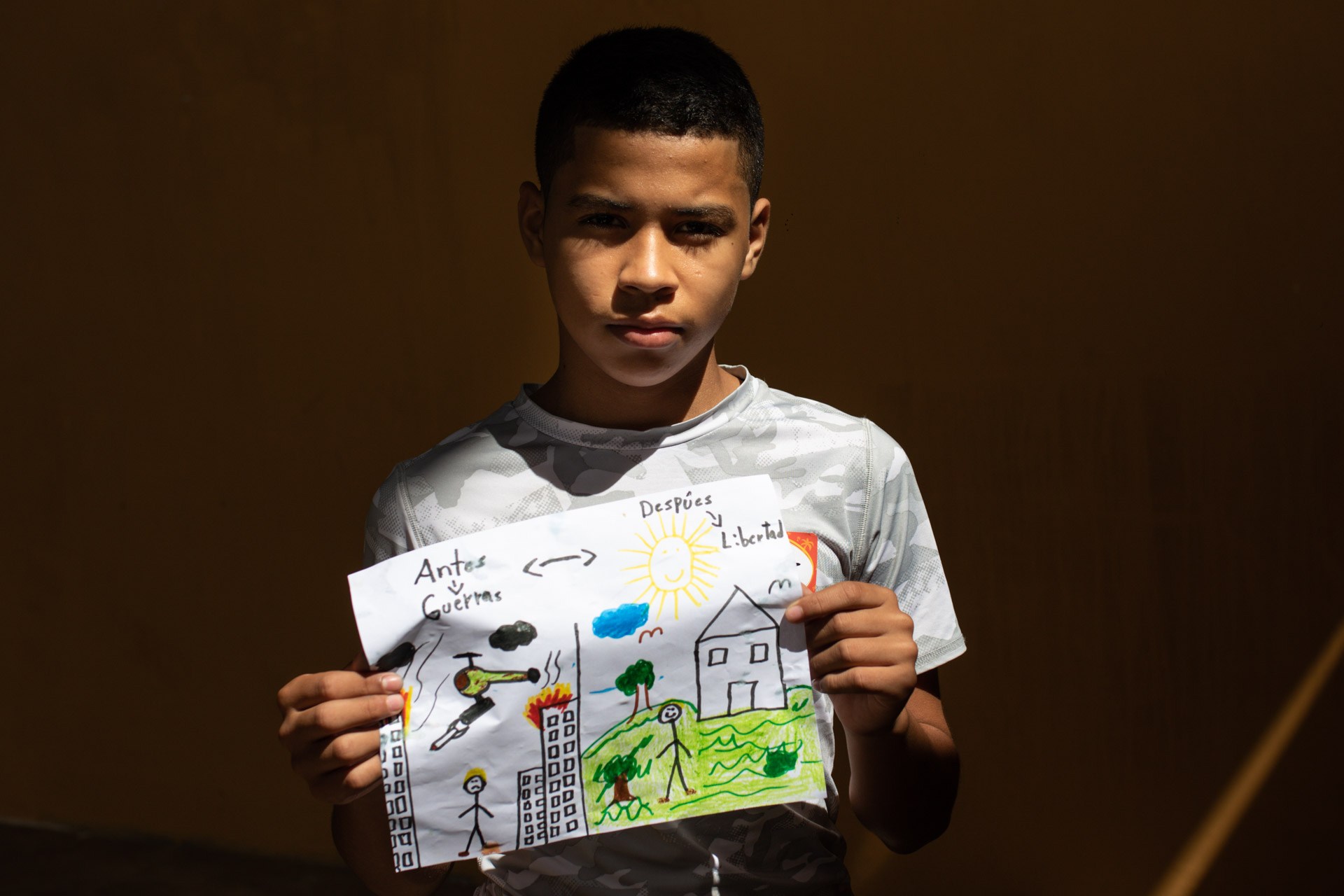
Foto: César Arroyo Castro
9. A tribute to the women who paved the way for equality in Guanacaste
Now let’s move on to stories about resilience. To begin with, we’d like to ask you: Who are the women who made a difference in your life? In March, we asked ourselves who they are for the entire province, and we realized that the way we live today is possible thanks to dozens of women who paved the way and closed the gap. With their strong steps on rocky ground, they blazed the trail that women in Guanacaste walk today.
10. Heads up high: Stories of pride and diversity
In this story, Mich tells us a story of resilience about growing up in a family and community that failed to accept their nonbinary identity. It’s the reflection of a province that has been paving the way for respect but whose rural areas still need support and acceptance.
“Let’s do it buffet-style in the province, where we put all the teaching on the table and people who are hungry and want to eat, grab what they need most: sex education, information about HIV, knowledge about non-binary gender…, because it would be so nice if the people who come after us don’t have to suffer as much. The only thing we want is to be happy, like the purpose of every person in this world.”
A year after telling Mich’s story, Nosara organized the first LGBTIQ+ pride march in the province, a moment that certainly had to be recorded. How did the town react? Noelia told us here.
12. What was happening in Guanacaste 200 years ago while Costa Rica was gaining independence?
In addition to telling us what Guanacaste was like during the time of independence, Cesar reminds us about other basic information that’s good for us to refresh our memories on this July 25: What was the Nicoya Party? Why did it decide to be annexed to Costa Rica? This review is almost like taking a history class taught by genealogist Mauricio Melendez.
13. Enslaved far from home: The History of Chorotegas who didn’t return
Speaking of the past, even about the cruelest moments in history, is a way of remembering how we got here and why we are what we are today. This article tells us about a dark era, but also about what remains after the massacre and slavery of the Chorotega Indians. We’ll never stop being the people who believe in the sleeping serpent, who call our daughters by the names of Chorotega princesses and who drink chicheme during the holidays.
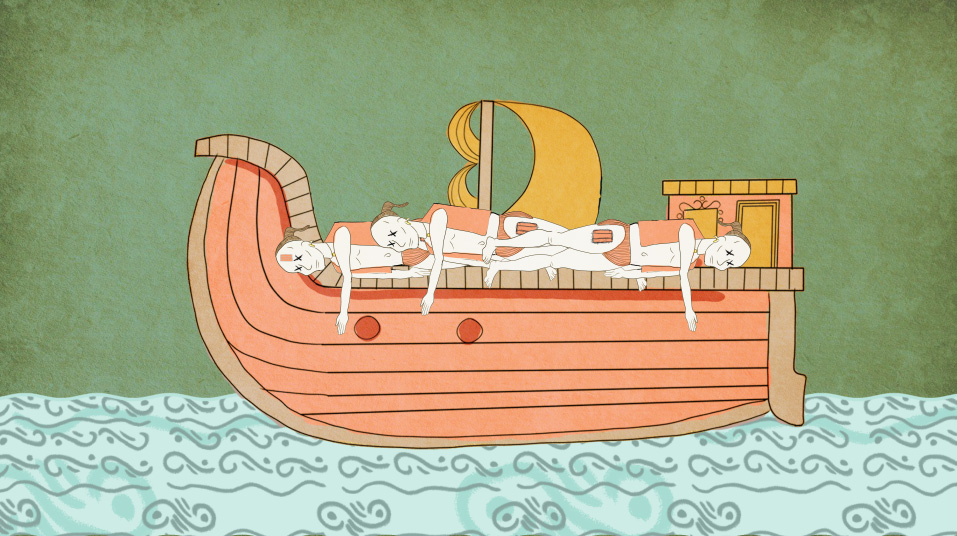
Credit: Dunkan Harley
14. Rancho fire in Matambu deals a blow to indigenous tradition
The essence of our Chorotega culture is contained in Matambu, a territory in the mountains of Hojancha that has managed to survive slavery and the diseases that the Spanish brought. It’s a complex community that fights every day to keep its traditions alive. One of them, building rancho-style pavilions together, suffered from a fire this year. Although it’s not a happy incident at all, this article explains the importance of that tradition.
15. Why is Daniel Oduber’s pre-Columbian collection in San Jose rather than in Guanacaste?
Perhaps it’s because of this effort to remember the past in order to understand each other that some are fighting to protect their identity and keep it within the borders of Guanacaste. What’s the problem? That the budget to achieve this is practically zero and a strong political willingness is needed to get started. However, there are people who even work ad-honorem and don’t give up on the idea of having a museum in Guanacaste that not only protects but revives the pre-Columbian art collections found in the province.
16. The balsameros of Guanacaste who made a living from tree sap
At The Voice, we work to inform and educate. Sometimes to entertain as well. Little by little, we realized that we were fulfilling another very necessary function: that of preserving our Guanacastecan history and protecting it in a memory that will never be lost. Cesar, for example, told us about the balsameros, a trade that became extinct along with the trees, but it’s part of that historical heritage that we don’t want to lose.
Our record goes beyond “true” stories. For The Voice, portraying people’s imagination and oral tradition is as important as reporting their actions. That’s why, last year, we produced the first season of “Historias de camino” (Stories Along the Way), a podcast that revives the oral tradition of tallas, traditional tall tales. In a few days, we’ll launch the second season. Wait for it! (Spanish only).
18. Carlos Zhou, the young man from Liberia who sees a “Nintendo version” of Guanacaste
Carlos Zhou also appeals to a nostalgia, although perhaps a much more modern one. With his pixel-art, an aesthetic that comes from the Nintendo games of past decades, Carlos draws simplified versions of icons from the province square by square. He has illustrated public figures like Edgar Silva, traditional foods and drinks like the leche dormida (sleeping milk) and architectural heritage buildings like the church in Liberia and the one in Nicoya. His story has been one of the most read on our website this year.
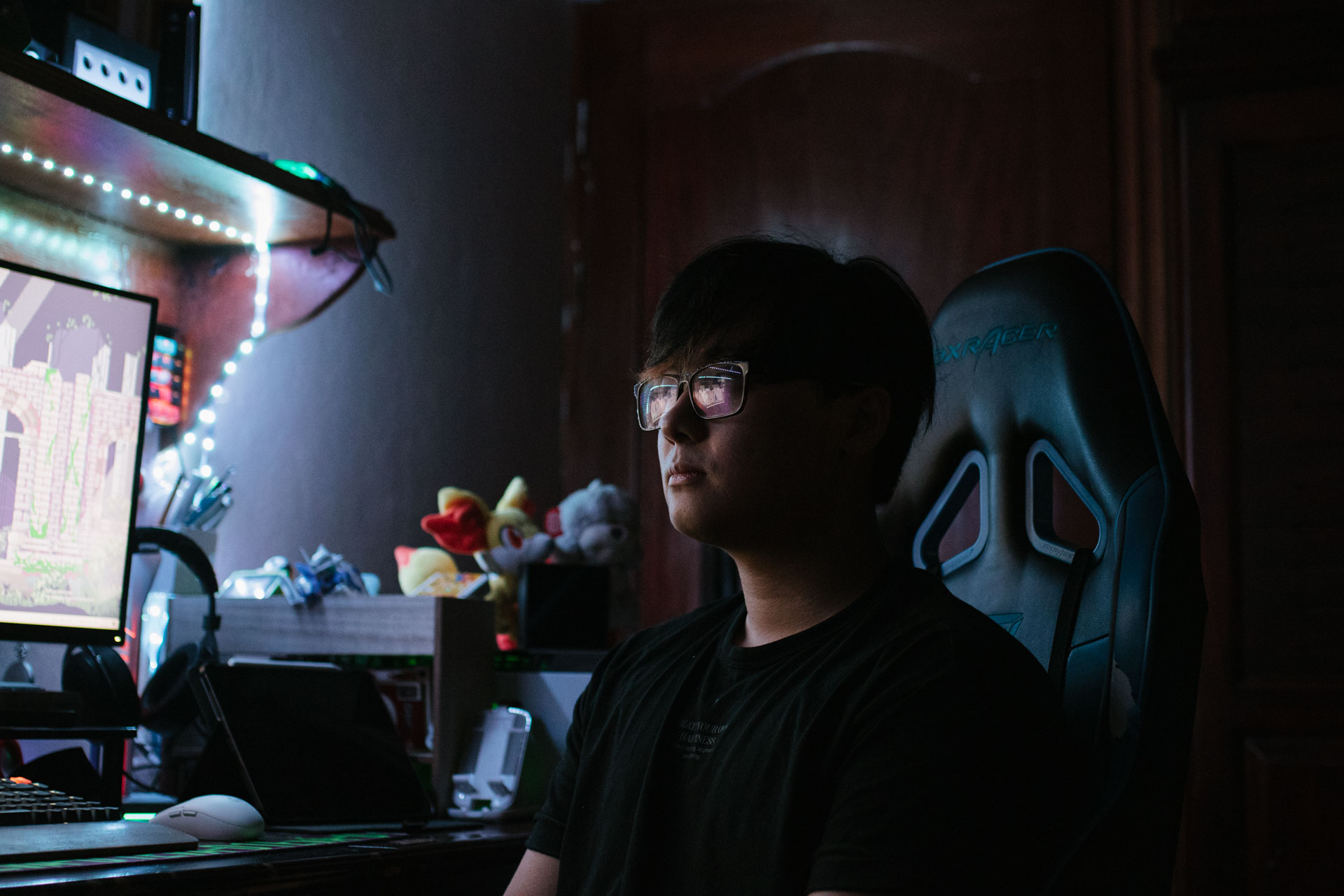
Carlos Zhou Zheng, from Liberia, is a computer engineer but in his spare time, he draws simplified versions of popular delicacies, public figures, traditional foods and heritage architecture picture by picture.
19. How to save the cattle industry? A group of ranchers in Guanacaste bets on soil regeneration
Some might say that talking about cattle ranching can also be nostalgic, although the precariousness of conditions for small ranchers in the province and the contribution of livestock to climate change is a real and urgent problem. This article proposes a series of solutions that could allow us to return to the past and resume those practices that allowed us to sustain ourselves on the planet without overrunning it.
20. 2022 fires almost triple those reported in 2021; The vast majority occur in Guanacaste
If we’re talking about deeply-rooted practices, perhaps one of the hardest to control is the custom of burning leaves and garbage outside in the middle of Guanacaste’s dry season. But it’s also one of the most critical. The 2022 season had almost 300% more fires in the province than 2021. What do we do to avoid them in 2023?
21. What I’ve learned exploring Nosara for two years
A good part of The Voice’s team has come from all over Costa Rica and the province in the last seven years, so we now declare ourselves “from Guanacaste by our own will.”
While many young people are forced to take the opposite path and look for work in the Central Valley, we had the good fortune to leave behind the capital’s traffic jams and fill our lungs with fresh air. One of our journalists has dedicated herself to covering the community of Nosara with the same commitment that the rest of us cover the rest of the province. She tells us how she’s done it here.
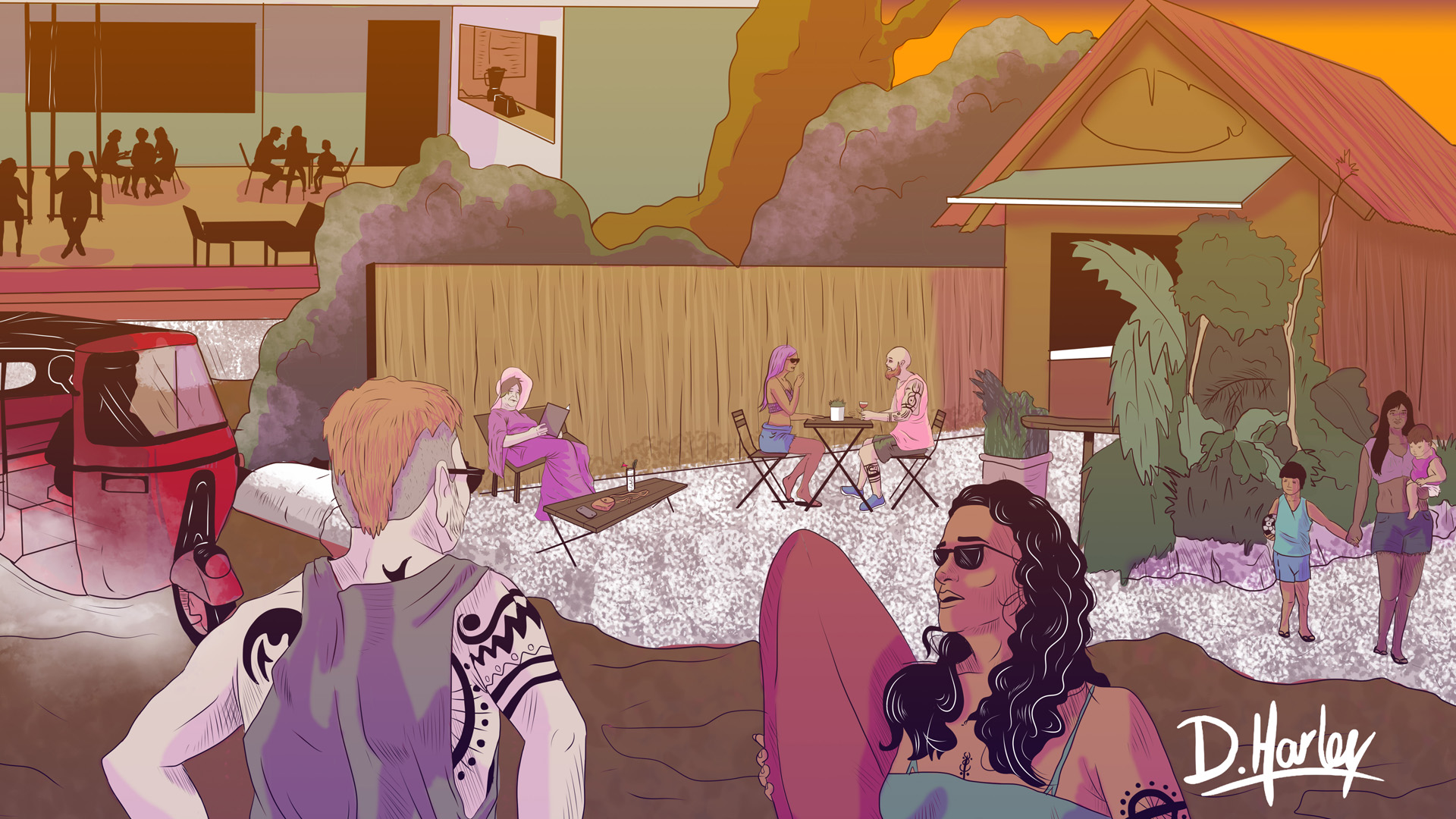
Credit: Dunkan Harley
22. Public Force didn’t fulfill promises to deal with sexual assaults in Nosara
We have a lot to say about Nosara. As we saw in the story above, Yamlek has told us about the town’s ancestors, its most beloved people and its deeply-rooted problems. And although it hurts, some issues have to come to light. The case of five women who reported sexual assaults at parties in Nosara deeply shocked the community and inspired them to look for solutions. But what has the Public Force done in the meantime? Practically nothing.
We have covered violence in the province in a way that no one else has, but it’s rare for us to come across stories as heartbreaking as that of Darys Mora, the young mother murdered along the border between Costa Rica and Nicaragua. The event changed the lives of a family and an entire town, but the authorities from both countries did little to help them. A group of Costa Rican producers are now developing a movie inspired by this case, using fiction as a narrative genre.
24. ACG permanently cancels reopening the trail on the Bat Islands
And now where do we take the famous photo for Instagram? This is a good time to talk about one of the jewels of Guanacaste: San Jose Island, located in the Bat Islands archipelago, which was declared a Natural World Heritage Site in 1999.
Although the ACG allowed people to visit for a few months during the pandemic, it has now permanently canceled tourism for that little piece of land.
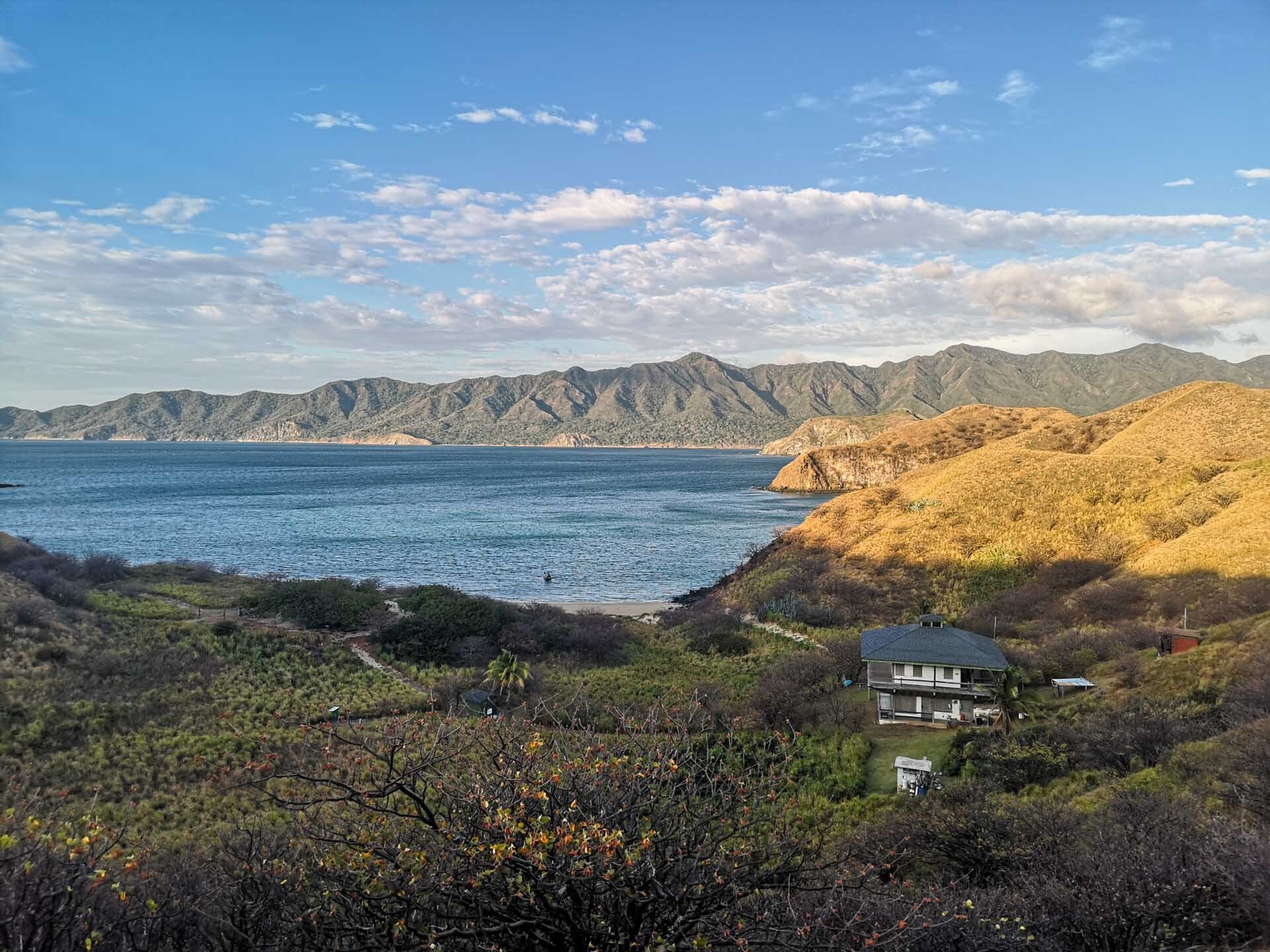
View from San Jose Island, in the Bat Islands in the marine area of the Guanacaste Conservation Area.
Photo: The Voice of Guanacaste
25. Cerro Caballito: A window to see Guanacaste from the sky
We know that some of our most popular articles have a tourism component. That’s why we try to constantly include them in our coverage. Earlier this year, Noelia and Cesar visited Cerro Caballito in Nicoya. From that hill, Noe tells us, we can see Guanacaste from above. An Italian magazine asked us to reproduce the article and the photos, so this Nicoyan treasure is also circulating in Europe. Every time we talk to Víctor, he also thanks us because he says that since we wrote about him and Cerro Caballito, his tour business really took off.
Thank you for joining us for this review! Tell us in the comments which story from The Voice of Guanacaste is your favorite and why. Happy Annexation celebration.


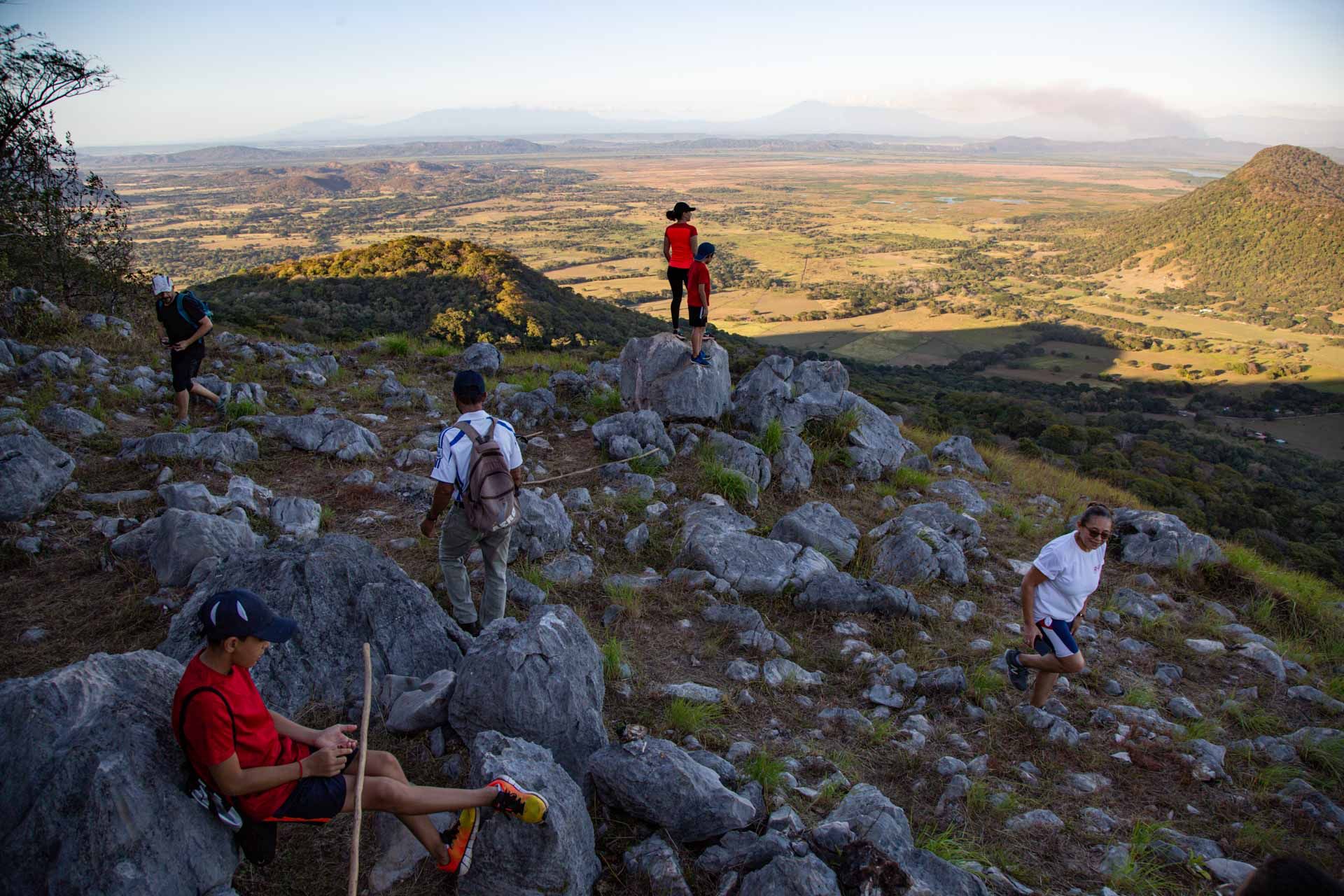
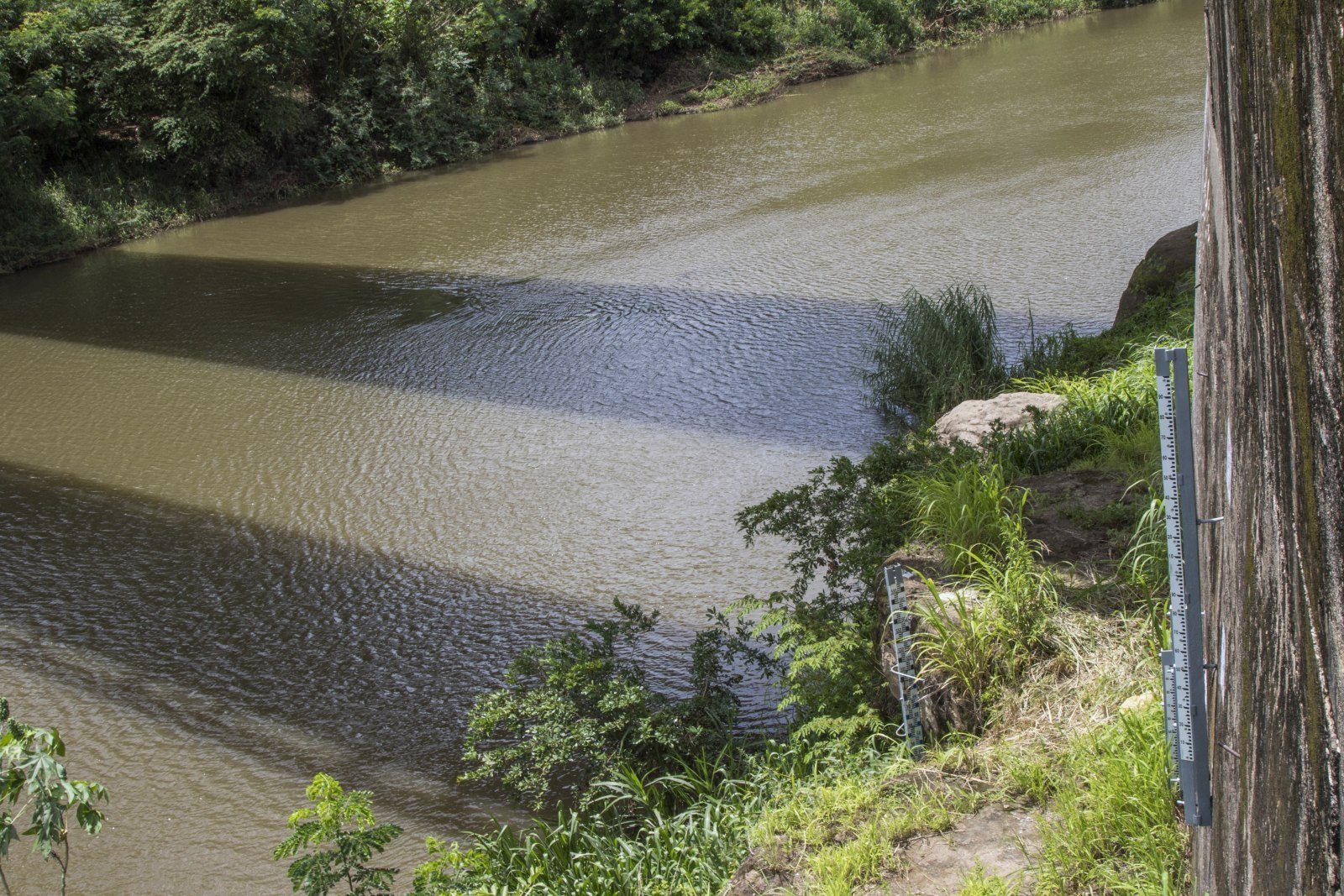
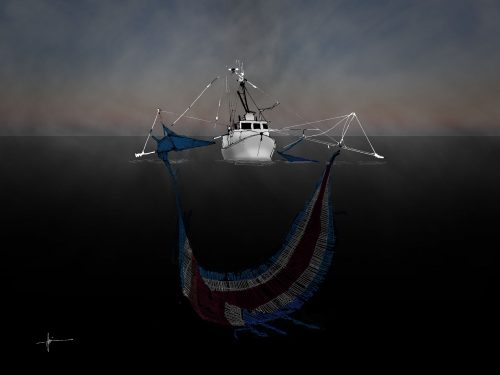
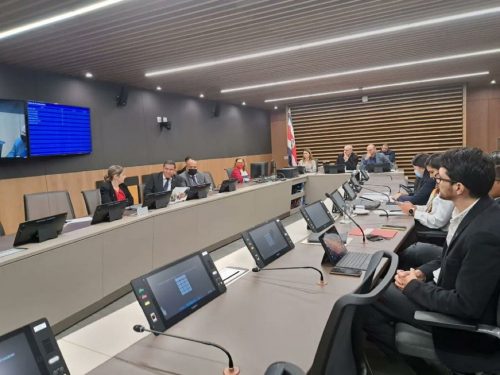

Comments